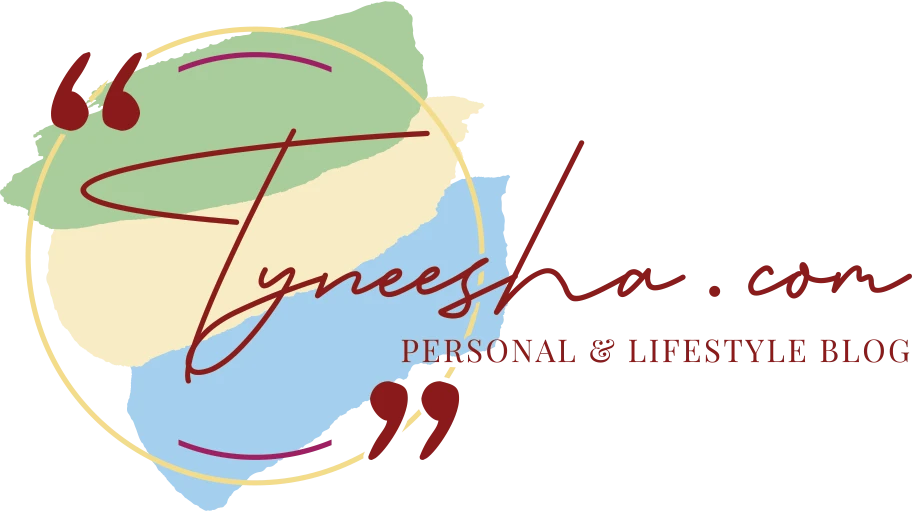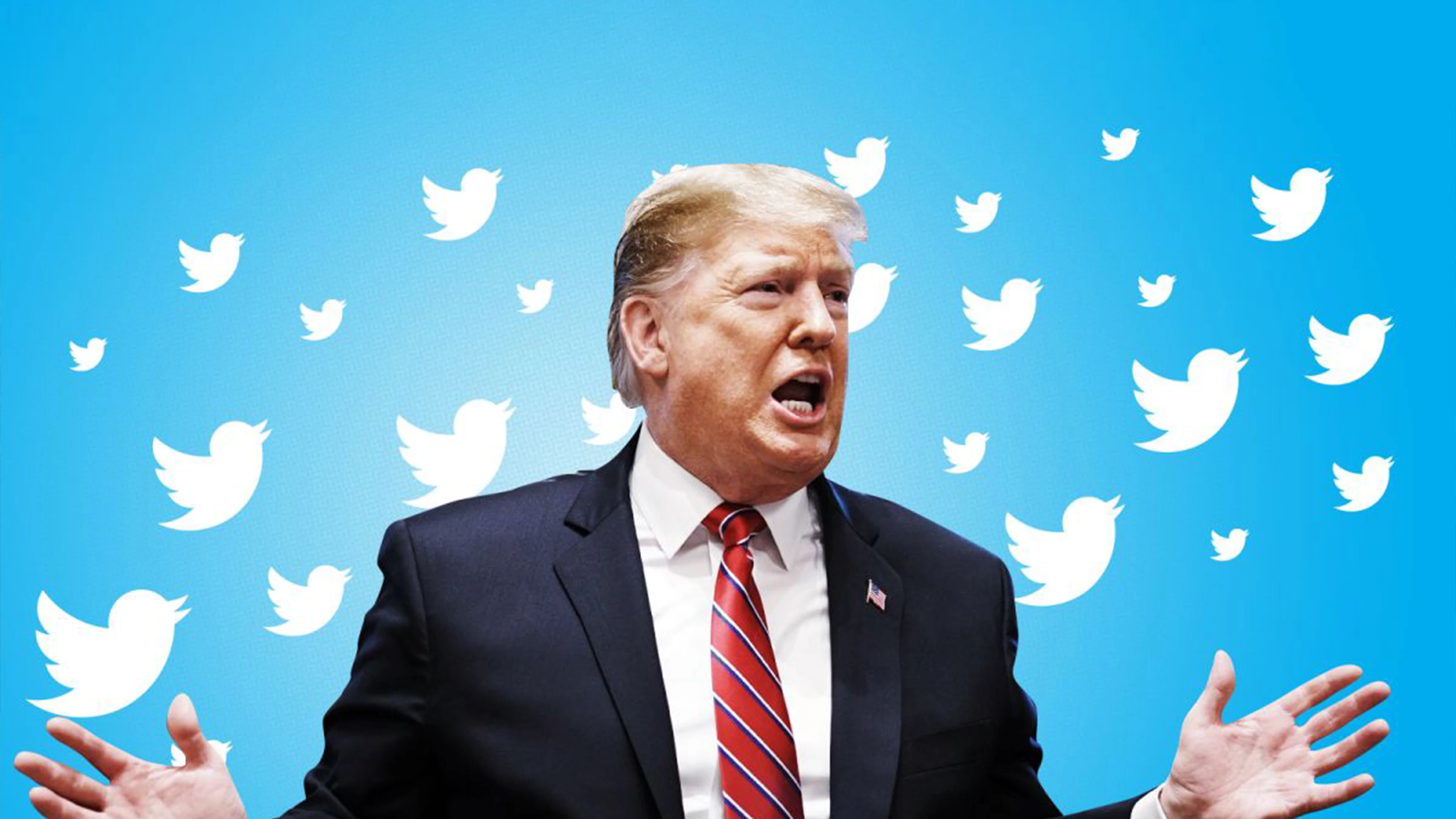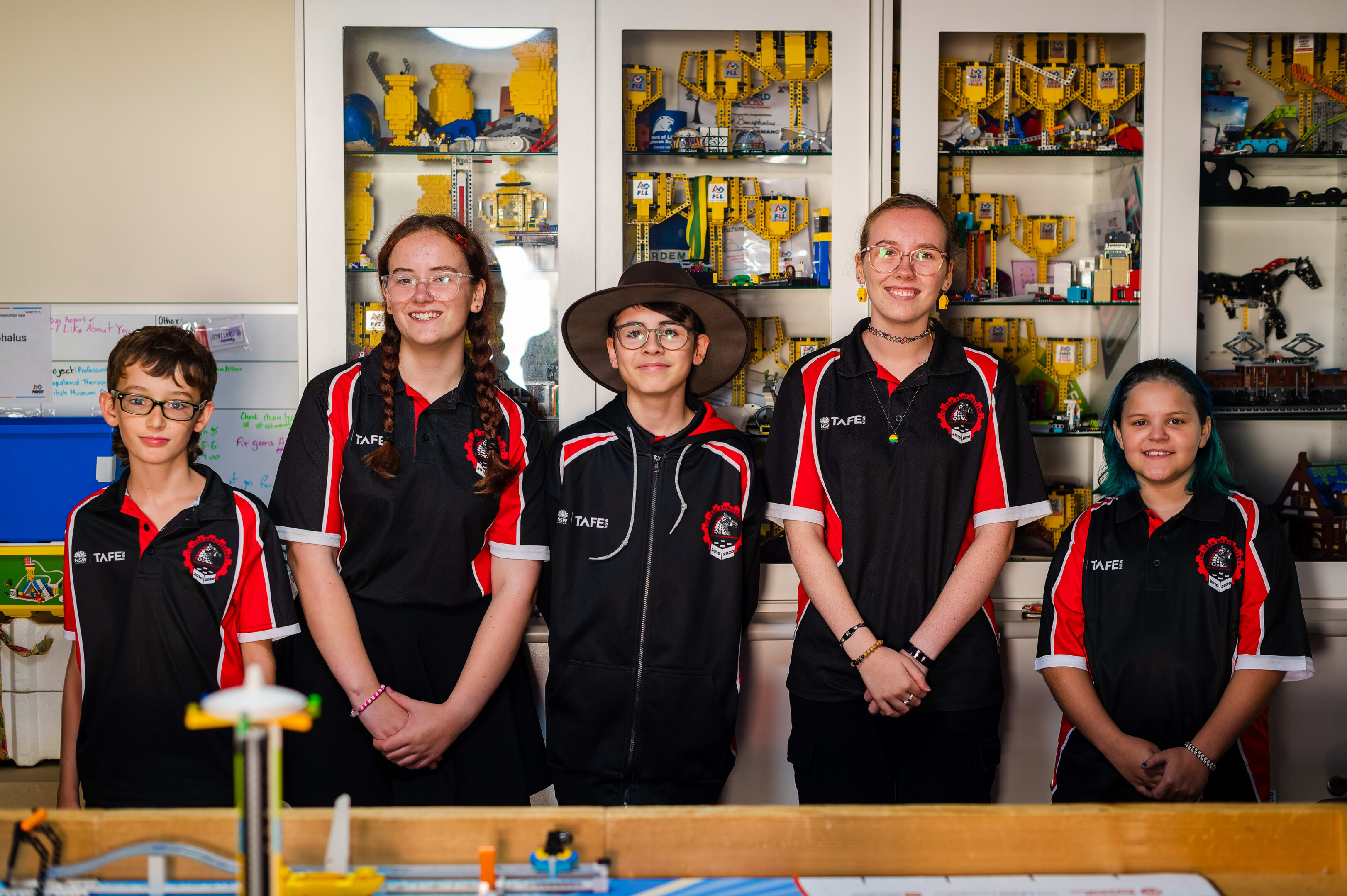19th April, 2024
Controlling and reducing the spread of misinformation online poses a considerable challenge for journalists. With the 24h news cycle and rapid turnover of emerging information made available on social media platforms such as facebook and twitter, misinformation is able to spread far faster and with more impact than ever before.
There is a distinction that should be made between misinformation being the result of poor journalistic and fact-checking practices, and Disinformation. Misinformation stems from simple error. Disinformation (commonly referred to as ‘fake news’) is the deliberate fabrication and dissemination of false information in order to deceive the public.
Both issues, however, regardless of the author’s intent, cause a significant decline in public trust for the media and traditional journalism and have the dangerous potential to shape and impact the everyday citizen’s decisions and understanding of the world in accordance with the falsified information put forth.
According to David Lazer, the spread of un-checked misinformation and disinformation “can enable discriminatory and inflammatory ideas to enter public discourse and be treated as fact. Once embedded, such ideas can, in turn, be used to create scapegoats, to normalize prejudices, to harden us-versus-them mentalities and even, in extreme cases, to catalyze and justify violence.”
It is for this reason, (along with maintaining the good reputation of a journalist and their corporation), that it is essential to rectify errors made in media stories where possible, as quickly as possible. Social media, although being largely responsible for the epidemic spread of mis/disinformation, can be a useful tool in identifying errors and correcting or debunking false information.
The benefits and potential for social media to be used to correct misinformation can be seen most recently by Twitter’s decision on the 26th of may this year (2020) to flag one of US President Donald Trump’s tweets as false information.
Twitter has now tagged the two tweets with a link to direct readers to “get the facts about mail-in ballots”. This was done under Twitter’s new (as of May 11) civic integrity policy, which prevents users from making posts that could be seen to be “manipulating or interfering in elections or other civic processes”. In this case, Trump’s misleading information could have dissuaded citizens from participating in the aforementioned election.
Clicking the link takes users to a Twitter ‘event’ page, entitled “Trump makes unsubstantiated claim that mail-in ballots will lead to voter fraud“. This page includes an explanation from @TwitterSafety, detailing why Trump’s tweets were flagged. They also attach a link to the civic integrity policy, saying further that they aim to give “additional context and conversation with regard to voter fraud and mail-in ballots.”
A ‘What you need to know’ section on this page goes on to explain why the above tweet contains false information.

The page provides links to articles by CNN and The Washington Post, as well as posts made by reliable journalists which go on to debunk Trump’s claims.
More quickly than ever, accessible information is made available to the public. This is helpful when the information is spread with the intent to inform and/or protect.
Without social and digital media, it would have been difficult for Australians to remain informed about the restrictions surrounding the pandemic.
The rapid speed at which information spreads on social media can also have a positive and productive impact, in cases such as raising awareness for social and human rights causes. In the last week or so, social media has been widely used to spread information regarding the death of george floyd and the resulting activism. Social media can and has been used to raise funds, share ideas and have important public conversations, organise events such as protests, create and share online petitions, and provide users with important safety information.
Social Media platforms can quite easily fact-check posts and information through crowd-sourcing complaints. On most platforms, there are options for users to report posts that may be false, offensive or triggering. This function however places the onus on users to fact-check the information they come into contact with. This becomes a problem when people read and believe un-founded information, or misunderstand it.
However personal fact-checking is easier than ever, because of the mass of information availible online makes cross-refrencing quick and easy for those who go to the lengths of checking. it’s also easier for those who debunk information to spread their revised version of the information so that others may also be informed.
Platforms such as facebook and instagram outsource the fact-checking process to third party fact-checker companies after enough users flag a post. If deemed falsified, posts are labelled as such and they are taken from explore pages and reduced appearance in feeds. Leaving a labelled post up instead of simply removing it gives allowance to freedom of speech while protecting users from false information, warning them to be critical and in some cases (such as with Trump’s tweet above), providing contextual data and debunking articles written by reputable news organisations.
Fact checking in this way of course has its limitations. believing false information can change the worldview of the reader, however fact-checking doesn’t guarantee correction of ideology. The nature of the “fake news” crisis lends itself to public distrust of the major News companies and social platforms, so regardless of their correction, a user that viewed posts such as Trump’s tweet above, might choose to believe the false information.
In a 2015 study entitled “Displacing Misinformation About Events: An Experimental Test of Casual Corrections”, Brendan Nyhan and Jason Reifler found that misinformation has a lasting effect even after it is discredited. psychologically, people make unconscious connections regarding the state of the world based on the information they come into contact with. People predominantly take in and contextualise information which affirms their worldview, regardless of whether it is true or not. As a result, false information may continue to influence beliefs and attitudes even after being debunked.
Therefore, if a user views false information before it is flagged, (and, of course, in order to be flagged, the post must be viewed beforehand) and accepts it as the truth, fact checking does little good especially if the post is unlikely to show up again after it is flagged.
However, it continues to be the joint responsibility of proactive social media platforms, reputable journalists, and critical readers/users to reduce the spread of falsified information and utilise the tools and platforms available to them to help ensure transparency and truth online.






